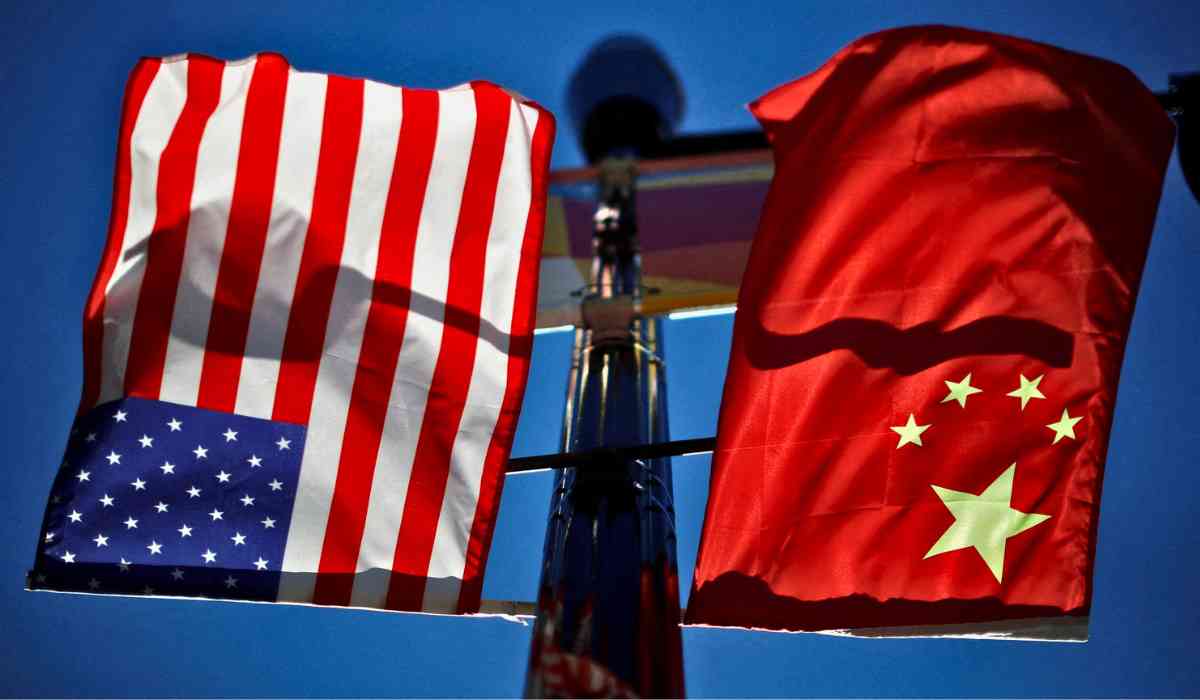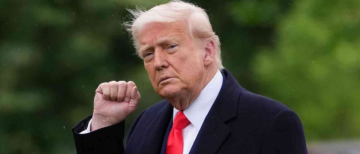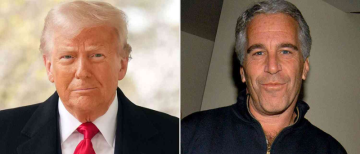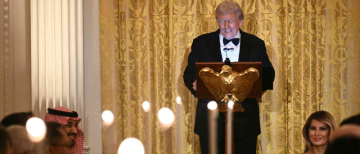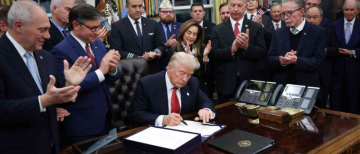China is considering exempting certain U.S. goods from its steep 125% tariffs, a move that signals concern over the economic impact of the ongoing trade war with the United States. This potential rollback focuses on critical sectors where China depends heavily on U.S. imports, such as medical equipment, industrial chemicals, and semiconductors.
Background of the Tariff Conflict

The trade tensions between China and the U.S. escalated when China imposed tariffs as high as 125% on American goods, a retaliatory response to U.S. tariffs that reached up to 145% on Chinese imports. These tariffs have affected a wide range of products and industries, disrupting supply chains and increasing costs for businesses in both countries.
Recently, the U.S. also exempted some electronics like smartphones, laptops, and memory chips from its tariffs, aiming to ease pressure on American companies and encourage manufacturing relocation back to the U.S. China’s consideration of exemptions comes as a parallel response, reflecting the interconnectedness of their economies and the practical challenges of sustaining such high tariffs.
What Products Could Be Exempted?
China’s Ministry of Commerce is gathering input from businesses to identify which U.S. goods are essential and irreplaceable in their supply chains. Reports suggest that around 131 categories of products might be eligible for tariff exemptions, including vaccines, chemicals, jet engines, and at least eight types of semiconductor products—though memory chips may be excluded.
The focus on medical equipment and industrial chemicals is particularly important. Chinese hospitals rely on advanced U.S.-made devices like MRI and ultrasound machines, while chemical manufacturers need certain imported materials to maintain production. Removing tariffs on aircraft leasing payments is also under consideration to reduce costs for Chinese airlines.
Economic and Strategic Perspectives
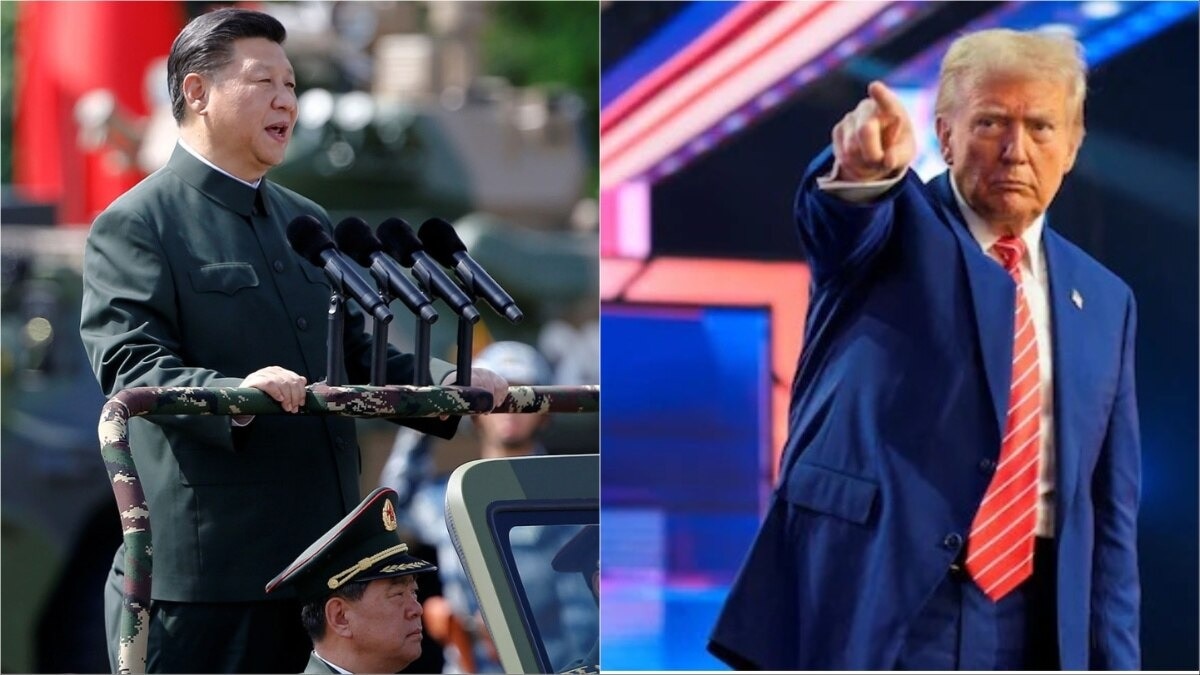
This possible easing of tariffs highlights the complexity of the trade war. While tariffs are intended to protect domestic industries and encourage local manufacturing, they also raise costs for companies that depend on imported components and technology. For China, some U.S. goods are vital to key sectors, making a blanket tariff counterproductive.
From a broader perspective, this move could be seen as a pragmatic step by China to mitigate economic damage while maintaining a firm stance in the trade dispute. It reflects an understanding that economic interdependence between the two countries limits the effectiveness of extreme protectionist measures.
Neutral Viewpoint on the Trade War Dynamics
The trade war between China and the U.S. is a complex issue involving economic, political, and strategic factors. Both countries have used tariffs as tools to gain leverage, but these measures have also caused disruptions and uncertainty in global markets.
China’s consideration of tariff exemptions does not mean the trade conflict is over; rather, it shows a willingness to adjust policies in response to economic realities. It also underscores the importance of dialogue and cooperation to resolve trade tensions without harming industries and consumers on either side.

Conclusion
China’s move to consider tariff exemptions on select U.S. goods amid rising costs is a significant development in the ongoing trade war. It reveals the challenges both countries face in balancing protectionism with economic needs. By potentially easing tariffs on critical imports, China aims to protect its industries and supply chains while signaling a cautious approach to trade conflict management.
This development will be closely watched by businesses and policymakers worldwide, as it may influence future negotiations and the global economic environment. The situation remains fluid, and further announcements from China’s government are expected as they finalize the list of exempted products.
With inputs from agencies
Image Source: Multiple agencies
© Copyright 2025. All Rights Reserved Powered by Vygr Media.

